Explore Top 09 Famous and Unique Festivals in Ha Giang
Ha Giang attracts a large number of visitors every year, thanks to its renowned tourist attractions and breathtaking natural landscapes. But the region is also famous for its vibrant festivals. Let’s join MOTOGO Tours to discover some fascinating festivals in Ha Giang.
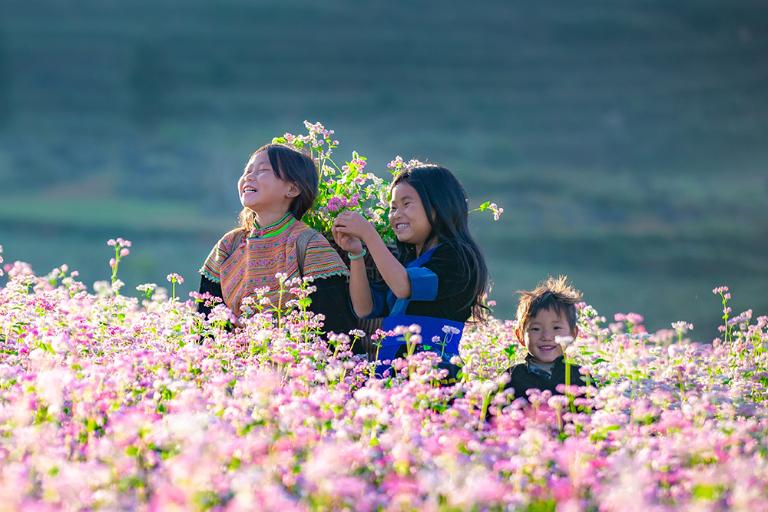
1. Ha Giang Buckwheat Flower Festival
The Buckwheat Flower Festival is held annually to celebrate the beauty of this iconic mountain flower and to promote Ha Giang’s cultural heritage and tourism potential. The festival usually runs from early October to the end of December, when the hills are covered in the purple bloom of buckwheat flowers.
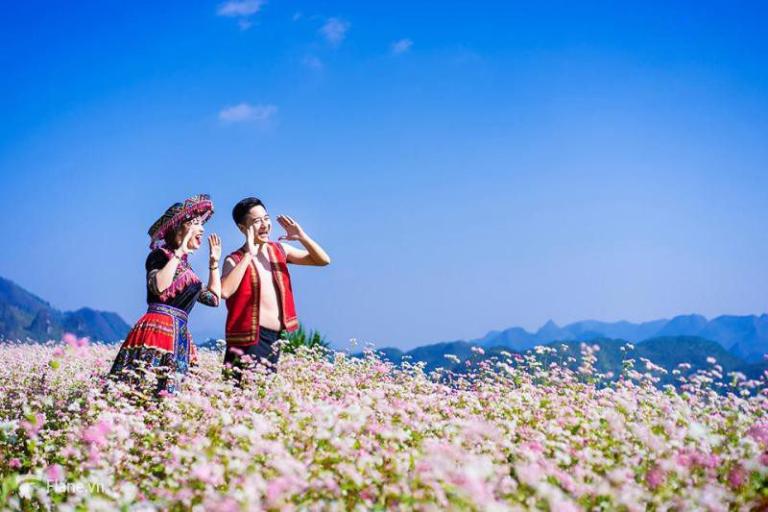
Ha Giang province plants and tends around 400 hectares of buckwheat blooms year in readiness for the celebration. The flowers blossom fully just in time for the festival’s opening ceremony and keep on until December ends. Particularly famous for their amazing displays are the fields in the four main districts: Dong Van, Quan Ba, Yen Minh, and Meo Vac.
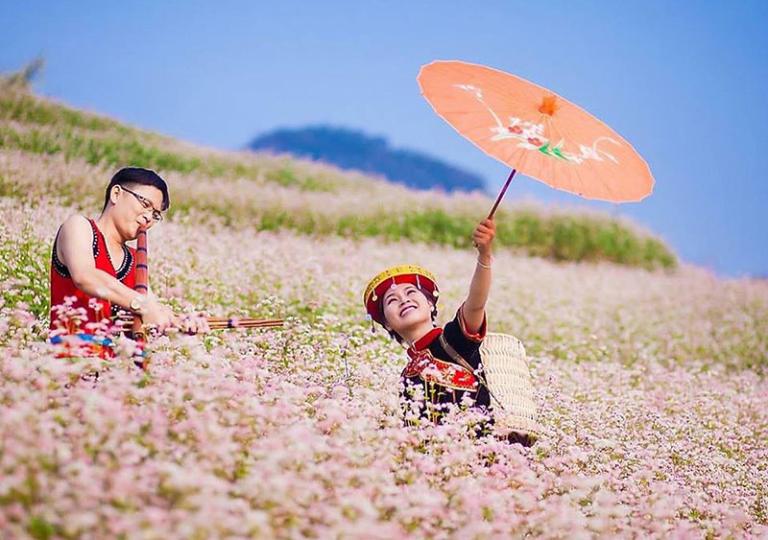
At the festival, visitors can admire the beauty of vast buckwheat fields. There are also activities such as traditional sports, folk games, and opportunities to enjoy Ha Giang’s unique local cuisine. The festival features many other captivating events: buckwheat flower cake-making contests, boat races through Tu San Alley and performances in the ancient streets of Dong Van District.
2. Gau Tao Festival | One of most significant festivals in Ha Giang
Celebrated around the Lunar New Year, the Gau Tao Festival is among the most important festivals in Ha Giang. It captures the Mong people’s traditional customs, whereby they pray to the skies for wealth. Usually taking place from the first to the fifteenth day of the first lunar month, the festival consists on entertainment and rites. To welcome visitors and provide an unforgettable experience, it is set on a level hilltop.
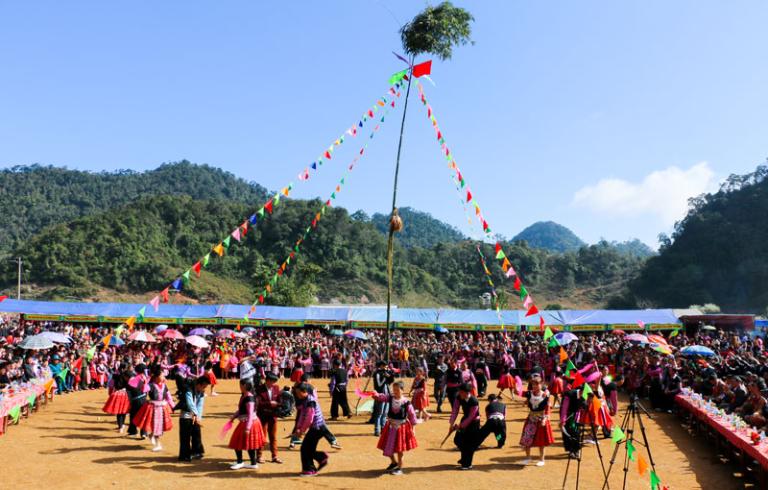
A ceremonial platter filled with offerings including a pig’s head, cooked fowl, rice, corn, millet, and incense is set out during the custom. Rising as part of the ritual is a bamboo pole adorned with symbolic figure and red or yellow paper. Main attractions of the celebration are traditional activities including spinning tops, stick fighting, horse racing, crossbow shooting, flute playing, bird and cockfighting, and singing contests.
3. Rain Prayer Festival of the Lo Lo Ethnic
The Lo Lo people primarily reside in Dong Van and Meo Vac district of Ha Giang province. Their everyday life is constantly changing, yet they have been able to preserve the particular cultural identity of their ethnic group. Usually occurring on the 15th, 17th, or 19th of the third lunar month annually, the Rain Prayer Festival is scheduled during years of severe weather. The celebration aims to get blessings from the gods for a rich life for the people, abundant crops, and pleasant temperature.

Using musical instruments including the erhu, huqin, horns, cymbals, and bronze drums to accompany traditional dance rhythms, folk melodies, and holy chants, the local community assembles to ready offerings for the event. Beginning with the first invocation given by the shaman, who calls upon the gods of the four cardinal directions to observe the ceremony and entreat their favor for abundant crops and harmonic weather, each ritual part of the celebration typically lasts about two hours.
4. Fire Jumping Festival
A customary celebration of the Pa Then ethnic community in Ha Giang is the Fire Jumping Festival. On the 16th of the tenth lunar month, it happens annually marking the conclusion of the harvest and the start of winter. My Bac Village, Tan Bac Commune in the Quang Binh District hosts the celebration. Starting with a shaman performing a ceremonial prayer, it lasts one to two hours until the real fire dance starts.
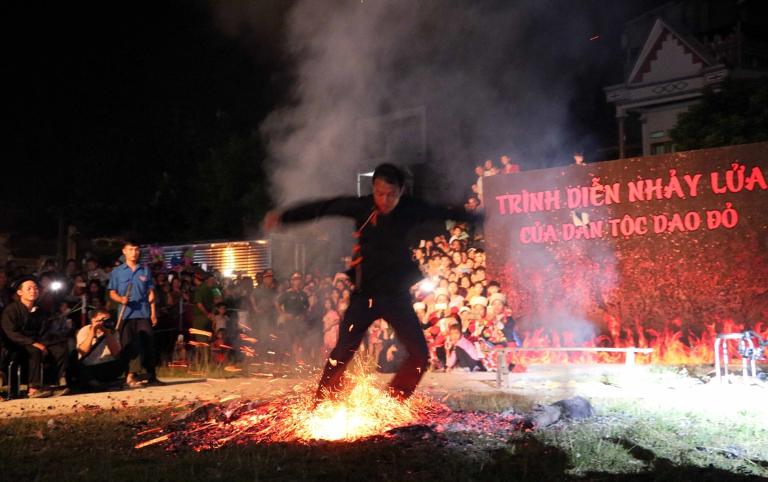
Traditionally, around 12 participants, who are apprentices of the shaman, would perform. However, nowadays, the number has decreased to about 5–7 young men from the village. The shaman chants for 5–7 hours to invite the spirits, and at 8 p.m., the main ritual begins. The young men jump barefoot onto burning coals for 3–4 minutes without feeling pain, burns, or damage to their clothing, adding to the mystical allure of the festival.
5. Cap Sac Festival
The Cap Sac Festival is one of most significant festivals in Ha Giang of the Red Dao ethnic group, exclusively for males. It represents the aspiration for a prosperous life and is held annually between November and January. According to Dao beliefs, this ritual is mandatory. Only those who have undergone the Cap Sac are considered adults, while those who haven’t are regarded as immature.
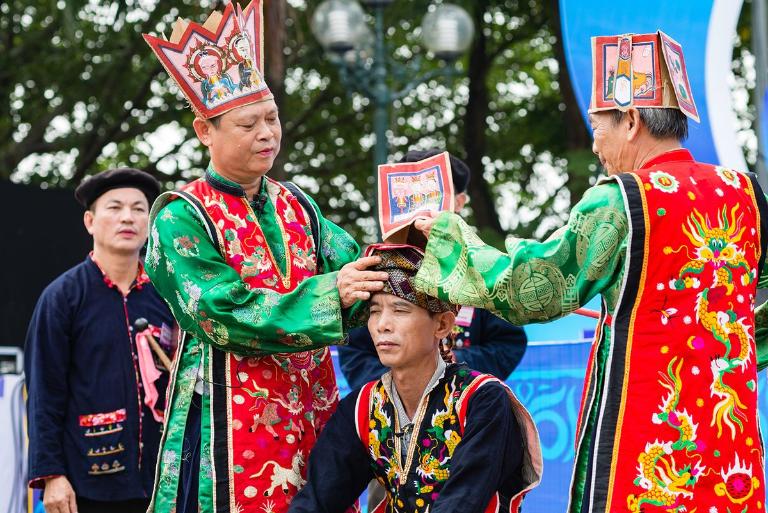
With odd numbers favored, a Cap Sac ceremony might involve up to 13 individuals ranging in age from 12 to thirty. The family of the initiate invites a shaman to clean the house, arrange a lucky day, and get ready the required presents before the ritual. The ceremonies, which may run one to five days, are carried out by six shamans. Praysings written, sealed, and burned at the primary ceremony guarantee the newly initiated individual is identified as an adult.
6. Khau Vai Love Market Festival
Held at Khau Vai commune, Meo Vac district, Ha Giang, the Khau Vai Love Market is sometimes known as Phong Luu Love Market. Only once a year on the 27th day of the third lunar month, this market, with a history almost 100 years. Couples looking for love, those already in relationships, and even those loved but unable to wed meet at the Khau Vai Love Market.
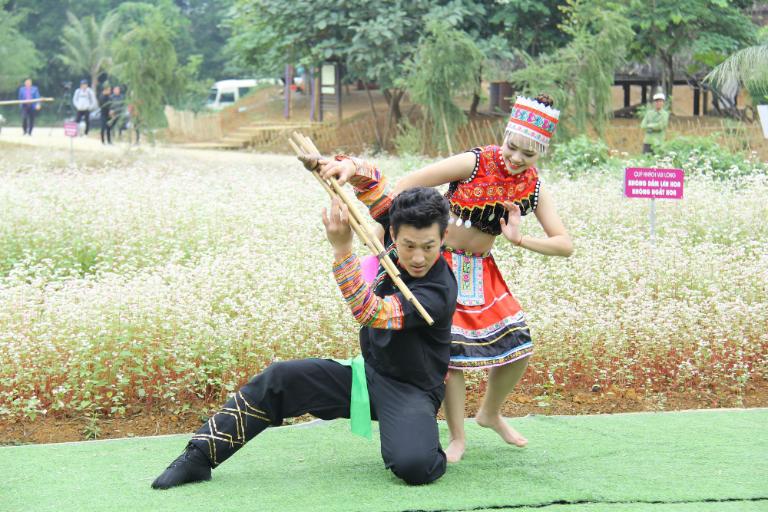
Starting with an incense-offering ceremony and a prayer for love at the Ong Temple and Ba Temple in Khau Vai commune, the celebrations culminate with a peace ceremony at the Stone Maze courtyard. These rites memorialize those who helped create the Khau Vai territory and respect the purity and loyalty of love. The master of ceremonies formally announces the festival open once the ceremonies finish, therefore inviting participants to engage in a range of customary sports and cultural events.
7. Moon Bridge Festival in Ha Giang
The Moon Bridge Festival is a traditional celebration of the Tay ethnic people, held during the Full Moon Festival in August (Mid-Autumn Festival). It spans two days, from the 14th to the 15th of the lunar month each year. Although the festival is brief, it attracts a large number of local residents and visitors.
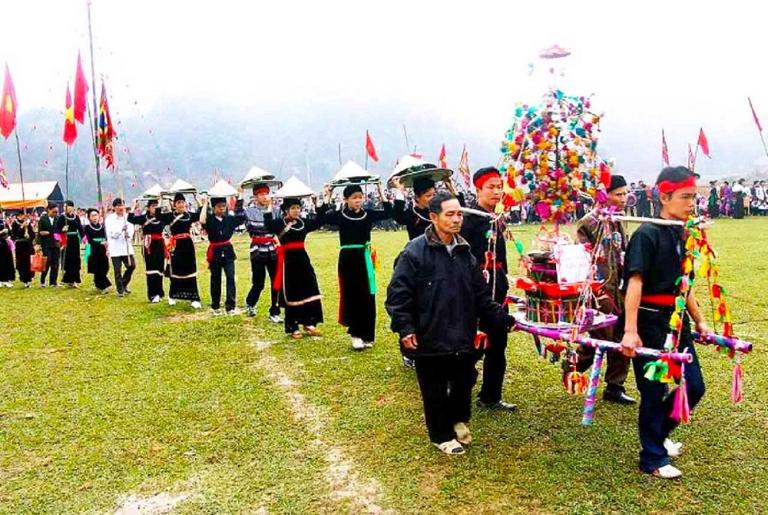
The Tay community organizes the Moon Bridge Festival throughout Ha Giang province, but the most prominent and grandest event takes place in Ban Loan village, Yen Dinh commune, Bac Me district. The festival is rooted in the Tay people’s belief in the Moon Goddess. It serves as a prayer for the Moon’s blessings, wishing for abundant harvests, favorable weather, peaceful lives, and good fortune for the community.
8. Pu Peo Ethnic Forest God Ceremony
Held yearly on the sixth day of the sixth lunar month, the Forest God Ceremony is most important for the Pu Peo people. Pu Peo residents see the forest as a friend and a necessary component of their life; they have a strong social concern of forest preservation. Generation after generation has passed on the significance of preserving the forest for timber construction of homes as well as for water to irrigate the fields.
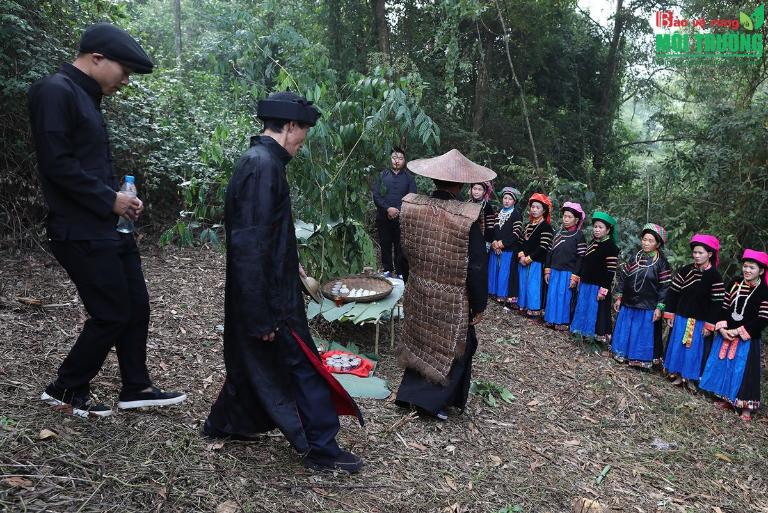
The event takes place on the fringe of the village in the holy woodland. This ritual seeks the blessings of the Forest God and the Water God to protect the village. This ceremony Inviting the Pu Peo people to participate in the ritual, offer chicken and goat meat, and bless the community with health, good weather, and plenty of harvests, the event displays their great respect of the Forest God, Heaven, Earth, and Water.
9. Long Tong Festival
The Long Tong festival is a traditional celebration of the Tay ethnic group, showcasing the most distinctive cultural features of various ethnic communities such as the Nung and Dao. Usually occurring in the early days of the first lunar month and lasting until the start of the second lunar month every year, this celebration Praying for favorable weather, growing crops, abundant harvests, and a rich existence for the society acts as a spiritual ceremony.
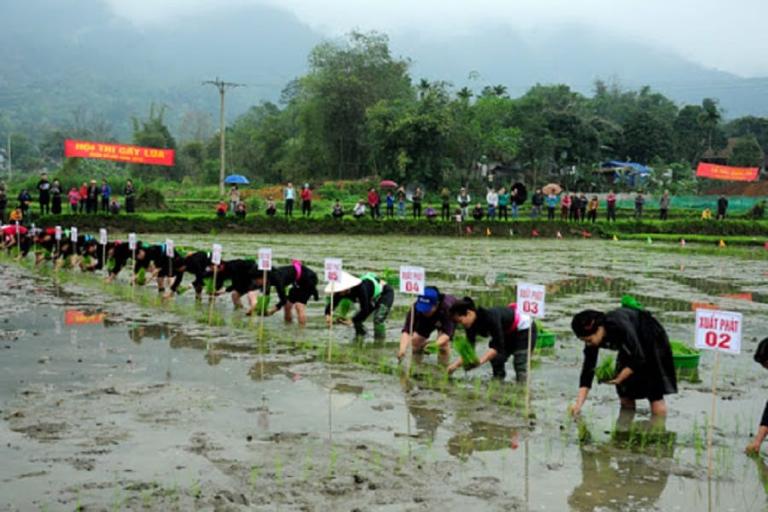
With invocations to several deities including the God of Agriculture, the Mountain God, and the River God, who are said to preserve the harvests, health, and tranquility of the village, the ceremonial component of the celebration consists in ritual offerings and prayers delivered by a spiritual leader. Along with several traditional sports and folk games, the joyful side of the festival is bursting with vibrant cultural events such then singing and coi singing.
These are a synopsis of the biggest and most well-liked festivals in Ha Giang, which attract the largest numbers of people and are genuinely highlights of the area.To gain a deeper understanding of these festivals, consider joining Ha Giang Loop. There, knowledgeable guides will provide detailed insights into each celebration. Don’t miss opportunity to visit Ha Giang to enjoy the vibrant mood of these ancient celebrations against the mountains and forests.
Related Posts:
- Must-Visit Destinations in Ha Giang: A Comprehensive Travel Guide
- The Unique Charm of Khau Vai Love Market in Ha Giang
- The Simple Beauty of Buckwheat Flower Valley in Ha Giang
- Villages in Ha Giang: Explore the Hidden Gems of Northern Vietnam

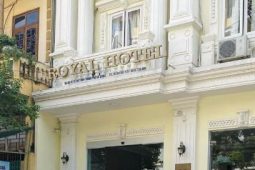
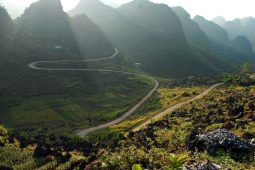
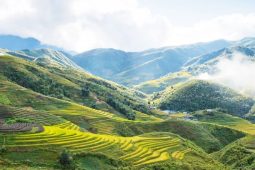

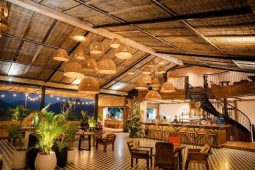

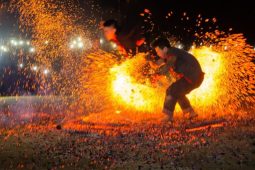
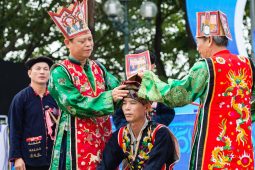
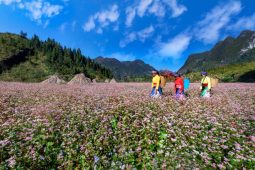
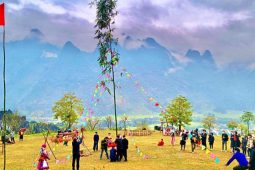

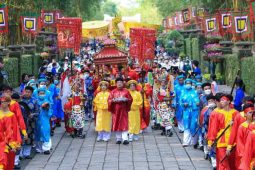
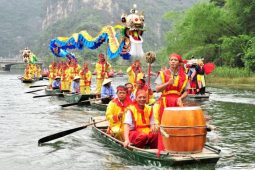
Be the first to comment!